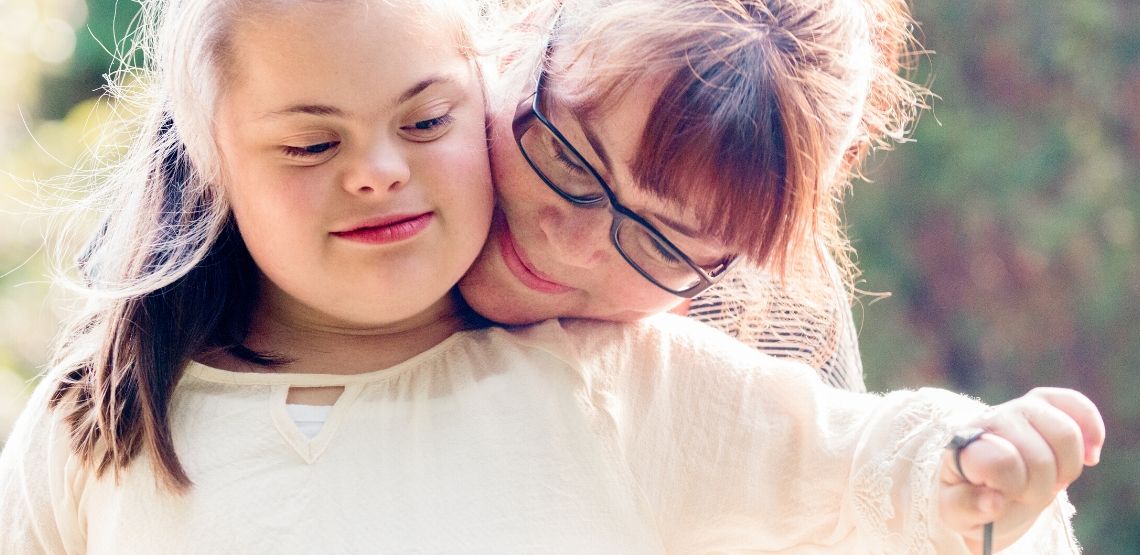Learning about Autism
What is autism? Often referred to as autism spectrum disorder (ASD), it is a developmental disorder that affects the ability to communicate. It also affects behavior.
The Diagnostic and Statistical Manual of Mental Disorders (DSM-5) state that people with autism:
- Have difficulty interacting and communicating with others
- Have repetitive behaviors
- Have limited interests
- Have symptoms that hamper the ability to function properly in school, work and other areas of life
This disorder is now known as a “spectrum" disorder because there are many variances, types, severities and symptoms in those who have this disorder.
Symptoms of Autism
Not everyone with autism will have every symptom listed below, but most people with autism will have several of the symptoms.
Social behaviors include:
- Making limited or inconsistent eye contact
- Tending not to listen to people
- Rarely showing enjoyment of objects or activities
- Failing to or being slow to respond to someone calling their name
- Having difficulties carrying on a conversation
- Talking at length about a subject without noticing that others are losing interest
- Having facial expressions that do not match what is being said
- A tone of voice that is sing-song or robot like
- Having a difficult time understanding another person’s point of view
Repetitive behaviors include:
- Repeating certain behaviors, words, or phrases
- Having an intense interest in a subject
- Getting upset by a change in routine
- Being more, or less, sensitive than others to sensory input
Diagnosis
Diagnosis of autism typically begins with a screening tool used by a pediatrician. Screening often begins in the toddler years with the Modified Checklist for Autism in Toddlers, or the M-CHAT. The M-CHAT evaluates various behaviors, but it can flag children who are not autistic. Dr. Susan Epstein, a neuropsychologist, notes that the test “casts a very broad net" purposefully.
The Screening Tool for Autism in Toddlers and Young Children, or the STAT, is another tool that details symptoms of autism, but is more detailed.
If a screening is indicative for an autism spectrum disorder, the child is referred to a professional who has experience diagnosing autism. A tool called the Autism Diagnostic Observation Schedule, or ADOS-2, is utilized. A version is also available for toddlers. According to Child Mind Institute, “This isn’t the kind of test where there are right answers. The purpose of the ADOS is to evaluate the social skills and repetitive behaviors the child displays during the test." This means that the evaluator interacts with the child during the test.
Interview tools may also be used. An interview with the parents includes general concerns and development. Questionnaires from the parents may also be collected. One specific interview, the Autism Diagnostic Interview, Revised (ADR-R), is often paired with the ADOS-2.
Cognitive testing should also be conducted during the screening so that the evaluator can make an accurate diagnosis, as well as help the evaluator to create an educational plan.
Autism Treatment
There is no cure for autism. However, there are treatments and therapies that can allow those with autism to function better.
The CDC recommends early intervention treatment services. They state that “Early intervention services help children from birth to 3 years old (36 months) learn important skills. Services include therapy to help the child talk, walk, and interact with others."
There are various recommended treatments for those with autism – and there is no one size fits all approach.
Behavioral and Communication Approaches
These are any approaches that utilize behavior and communication techniques to provide structure, direction and organization for the child; family participation may be necessary.
- Applied behavior analysis (ABA) encourages positive behavior, discourages negative behavior and progress is tracked and measured. There are various types of ABA.
- Developmental, Individual Differences, Relationship-Based Approach (DIR; “Floor time") focuses on developing relationships and how children deal with sights, sounds and smells.
- Occupational therapy helps to teach skills that will allow the person to live independently, such as dressing.
- Sensory integration therapy helps those who are sensitive sensory information, like loud noises.
- Speech therapy assists with improving communication skills.
- Picture Exchange Communication System (PECS) teaches the use of pictures as a means of communication.
Dietary Approaches
These have been developed by several reliable therapists, but there is little scientific evidence to support the use of dietary changes.
The CDC states, “Dietary treatments are based on the idea that food allergies or lack of vitamins and minerals cause symptoms of ASD. Some parents feel that dietary changes make a difference in how their child acts or feels."
It is recommended that when making a big diet change, consult the child’s physician.
Medication
This may be prescribed, but there is no medication that will specifically treat autism. Medications will treat conditions that are associated with autism, such as anxiety or gastrointestinal disorders.
Complementary and Alternative Treatments
These should all be discussed with a healthcare provider before being utilized with a child with autism. Most complementary treatments have little research to back the efficacy.
Support for Autism
Having a child with autism – or any chronic illness – can be isolating. It is important to find support. Seek support in your community; many communities have support groups for families with children with autism spectrum disorders.
Another great way to find support is through an online support group. These support groups can be found on websites, apps and Facebook.
